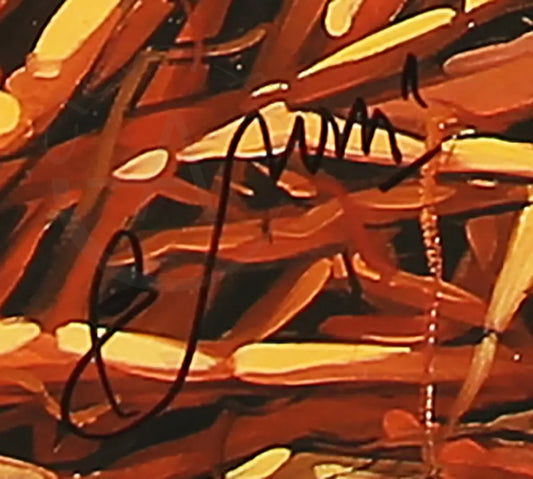Collection: Bruni, Bruno
* 1935 Italy
biography
Born in 1935 in Gradara (Pesaro), Italy. From 1953 to 1959 he studied at the Istituto d´Arte di Pesaro, then went to London for a year, before continuing his studies at the State Academy of Fine Arts in Hamburg under Georg Gresko (1960-1965). In 1967 Bruni received a scholarship from the Lichtwark Prize of the City of Hamburg and in 1977 the International Senefelder Prize for Lithography. Numerous solo exhibitions since 1959 in Pesaro, Florence, London, Berlin, Munich, Milan, Brussels, Amsterdam, Tokyo, New York, Melbourne and St. Petersburg have made Bruno Bruni internationally known and his works sought after by collectors. Bruno Bruni - his work has become known worldwide through numerous exhibitions. The Italian artist has asserted himself for many years with an unmistakable oeuvre. His art is a return to feeling, to the mystery of natural manifestations. His bronze sculptures reveal his delight in the beauty of the human body and his sense of the ideal form, which is rooted in Italian tradition. The beauty of his designs is completed by the perfect craftsmanship of the casting. In the renowned foundries Ventun in Bologna and Albrecht in Altrandsberg, all sculptures are made using the traditional lost wax process. The lost wax process is also known as lost-wax casting. In this casting technique, a positive model of the respective sculpture is made from wax and covered with clay. A negative of the final product is created within this clay mold. When this negative is fired, the wax positive melts out through thin air tubes. This melting process gave the process the name lost wax process. What remains is a cavity that has exactly the shape of the sculpture to be made. The cavity is filled with molten bronze. This work requires the utmost attention: if the liquid metal is poured in too quickly or intermittently, air bubbles form that can ruin the entire casting. After cooling, the clay negative form is broken up and the sculpture can then be treated, coated with patina, waxed and polished. This centuries-old process is still carried out manually. It requires the skill and utmost care of the caster to produce a perfect sculpture whose beauty is immortalized by the material.
-
Bruni, Bruno - Covo - color offset lithograph - hand signed - limited
Regular price €75,00 EURRegular priceUnit price / per



